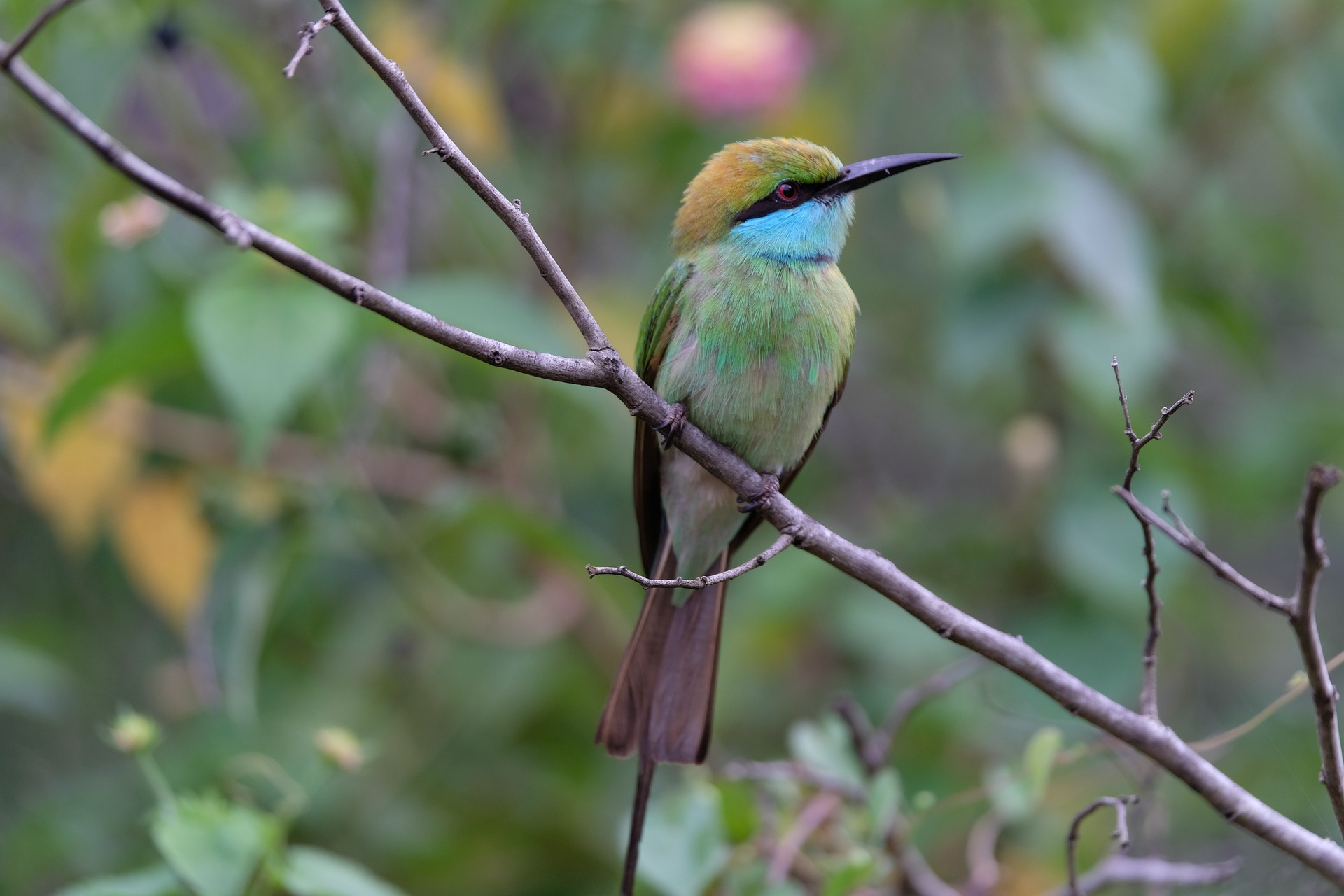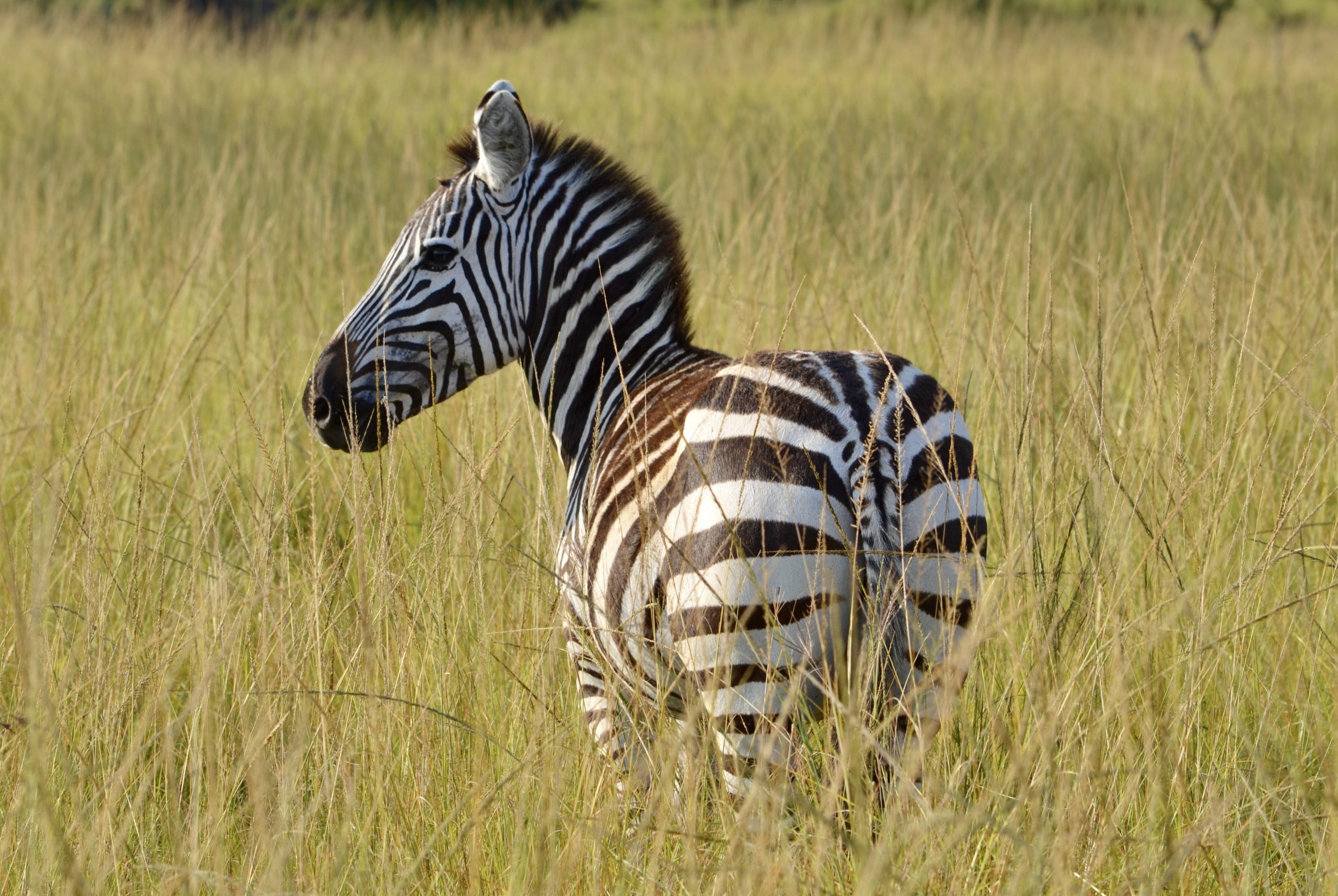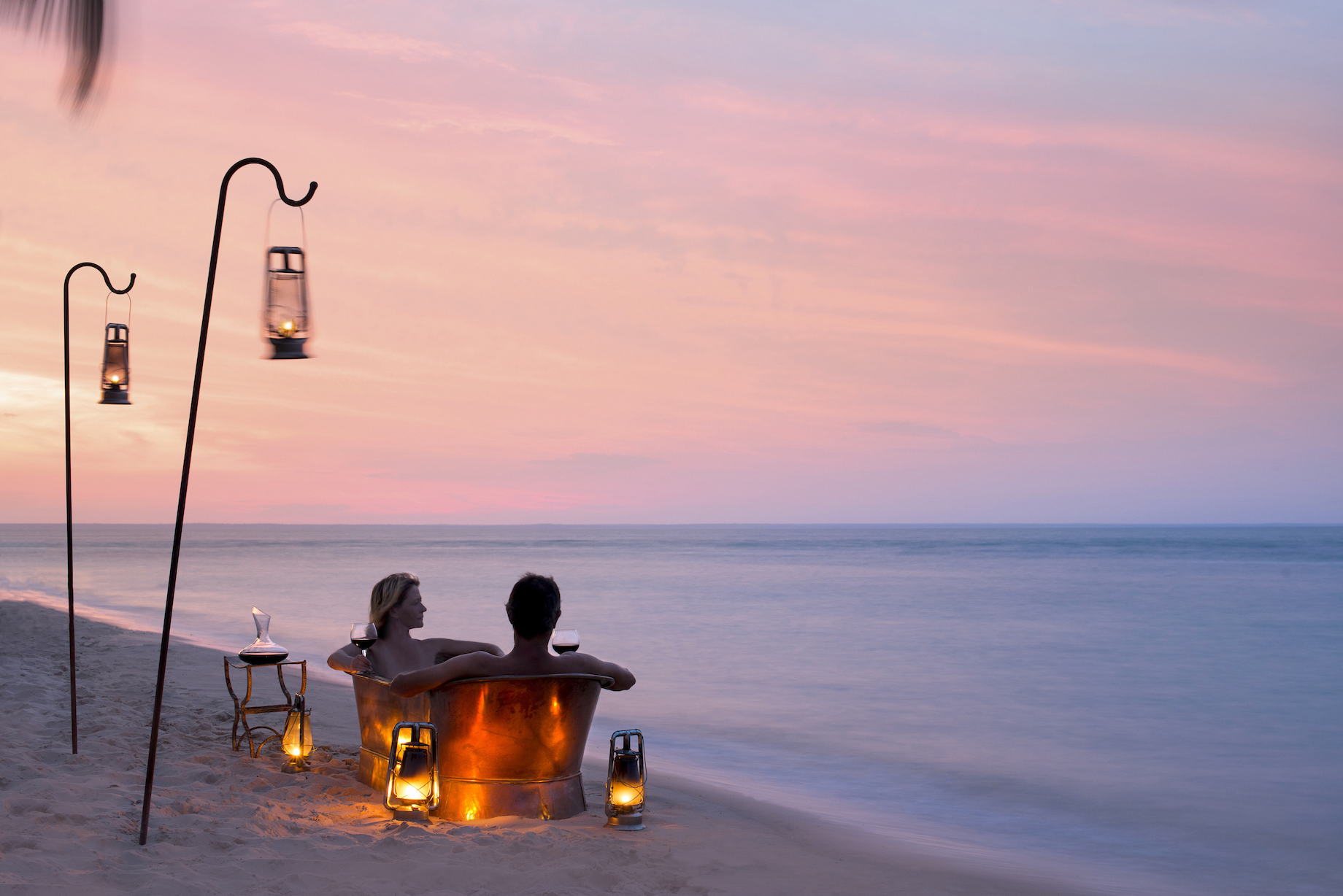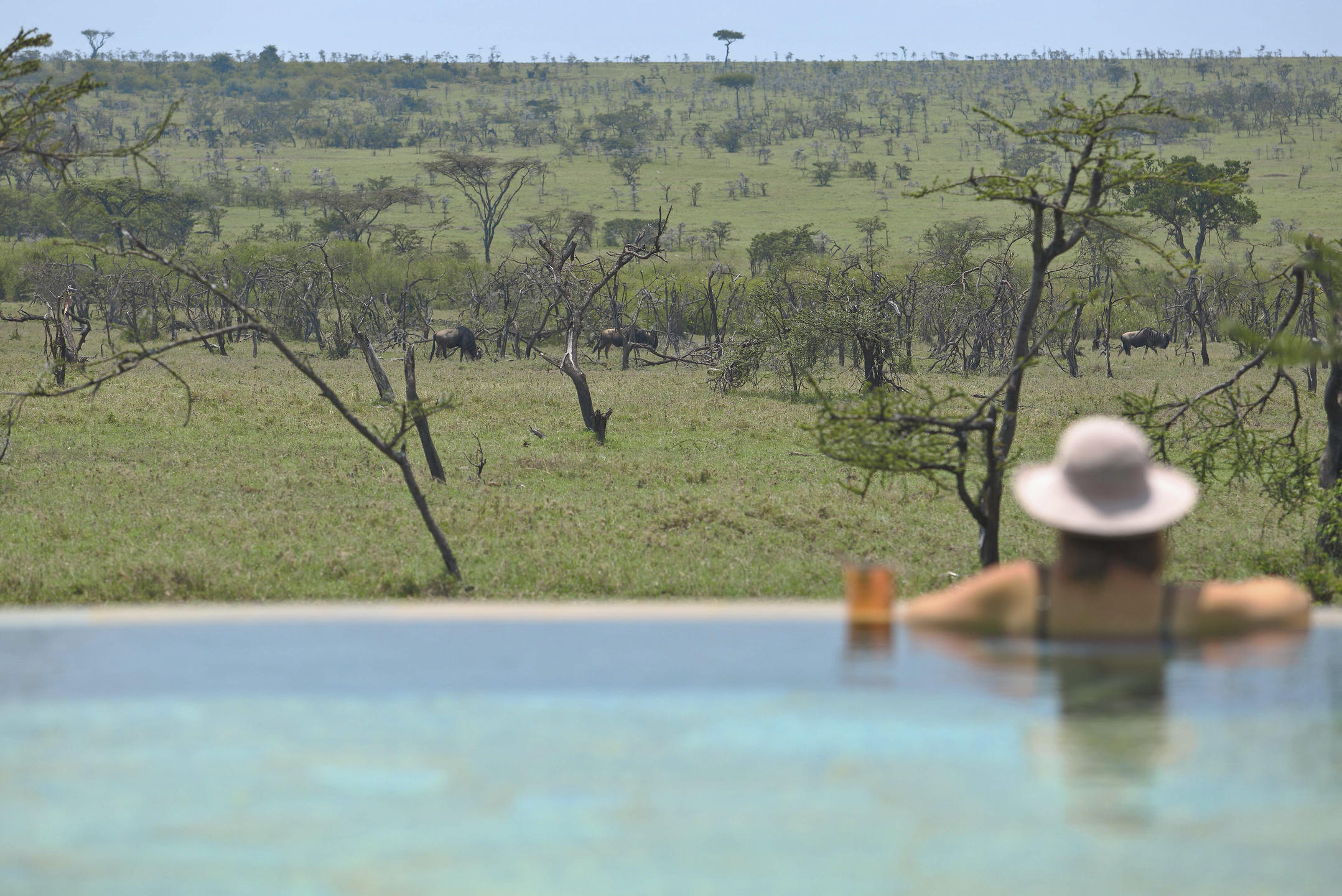Sri Lanka
Flight Time
11.5 hours via Colombo
Time Zone
UTC +5:30
Best Airlines
Emirates, Etihad, Qatar Airways, Sri Lankan Airlines and Turkish Airlines
Fly From
London, Birmingham, Manchester, Newcastle, Edinburgh, Glasgow
On The Map
Sri Lanka Weather
| Jan | Feb | Mar | Apr | May | Jun | Jul | Aug | Sep | Oct | Nov | Dec | |
|---|---|---|---|---|---|---|---|---|---|---|---|---|
| When to go |  |
 |
 |
 |
 |
 |
 |
 |
 |
 |
 |
 |
| Temp °C | 32 | 31 | 32 | 30 | 28 | 25 | 25 | 28 | 32 | 35 | 33 | 32 |
| Rain mm | 109 | 102 | 61 | 26 | 5 | 1 | 0 | 0 | 4 | 19 | 47 | 84 |
Call us on 01984 667420
Tracks Safaris- We get you closer to Africa
Hanging like a tear drop from the southern tip of India, Sri Lanka is one of the most beautiful and green countries in the world. Decorated by a ring of palm-fringed beaches, its forested interiors are surveyed by elephants, leopards and many other mammals, rising finally to the cool tea growing highlands.
In the lowlands on the south-west the richest rainforests of Asia are home to endemic primates and other mammals; in the dry lowlands of Minneriya you will find the largest gathering of the Asiatic elephants; further south the dry forest in Yala is one of the best places for leopards in the world.
Primarily Buddhist, Sri Lanka practices it’s gentle beliefs through delicate and elaborate rituals. The Sri Lanka food (particularly the fish) is well known for its sheer vitality, colour and generosity.
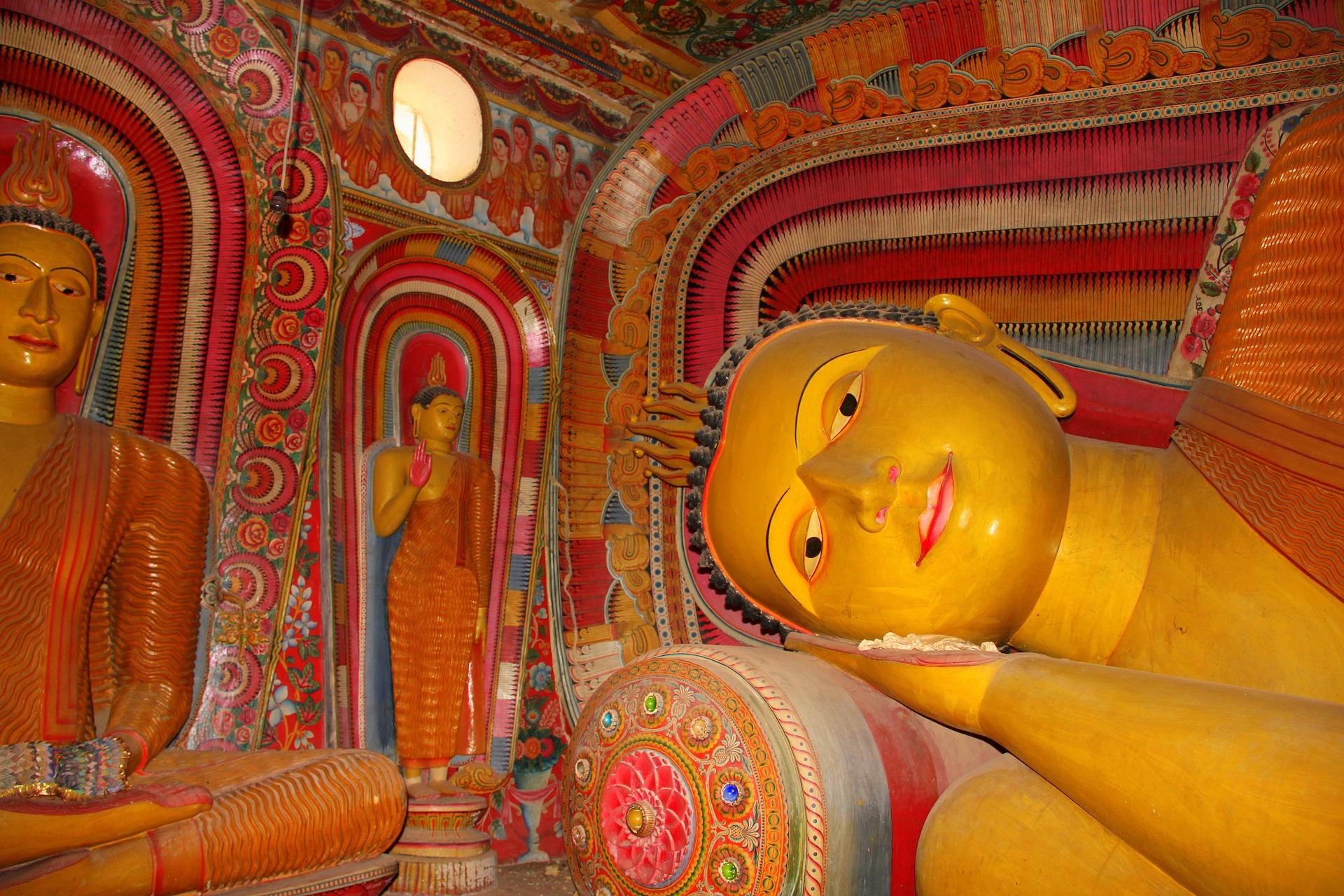
Sri Lankan people are a combination of mixed ethnic races with early north Indian settlers and the more recent Tamil migrants and the Muslims – most of who came as labourers in the plantations about 1000 years back. The Veddahs who were original inhabitants of Sri Lanka were sadly pushed further in and left with less forest to live in. With time the Europeans also settled in Sri Lanka – the Portuguese, Dutch, British and French all came to trade but many stayed.
History lives in Sri Lanka’s steep forested hills – you can find this in Sigiriya in the lion rock fortress or the historic Anuradhapura. The hills of Nuwara Eliya are famous for the tea growing industry there – the old planters have gone but their homes are now beautiful bungalows – some converted into hotels.
Sri Lanka has had a turbulent few years, surviving a recent ethnic conflict and a devastating tsunami, but has bounced back to offer a whole continent in one tiny island – outstanding wildlife and birdlife, a vibrant and interesting history, a culture to reflect a vivid melting pot of different races and religions, beautiful beaches and seas with a rich wildlife – and of course – the food!
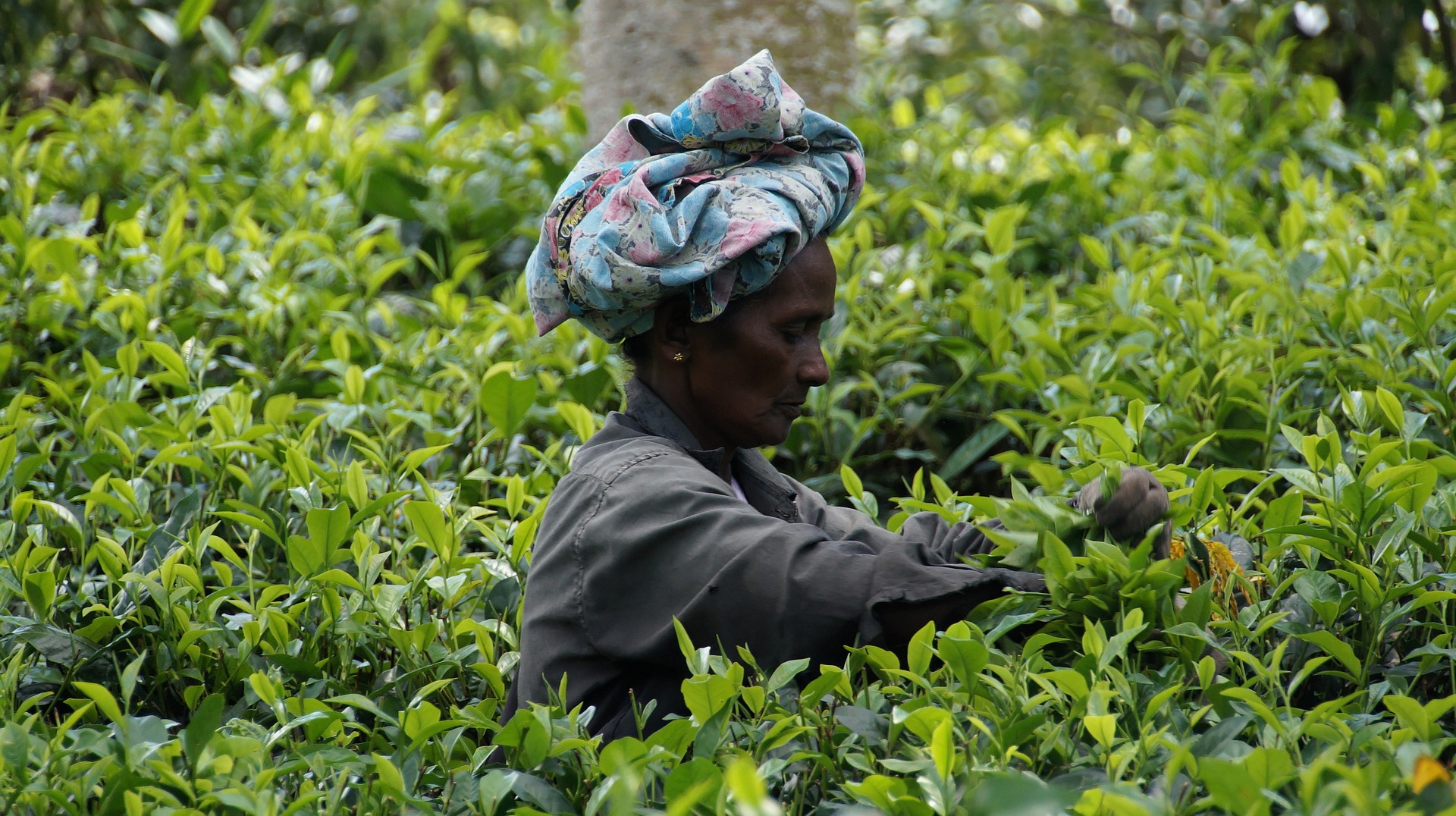
The beaches of Sri Lanka are stunningly beautiful and peaceful – many still seeing fishermen selling their catch straight from the sea. The coastal waters are rich in marine life and it is possible to view whales and dolphins on a cruise from Weligama, Mirissa and Trinco on the east coast. There are not too many places in the world where you can be snorkelling in the warm seas in the morning and looking for a hunting leopard in cool rainforests in the evening.
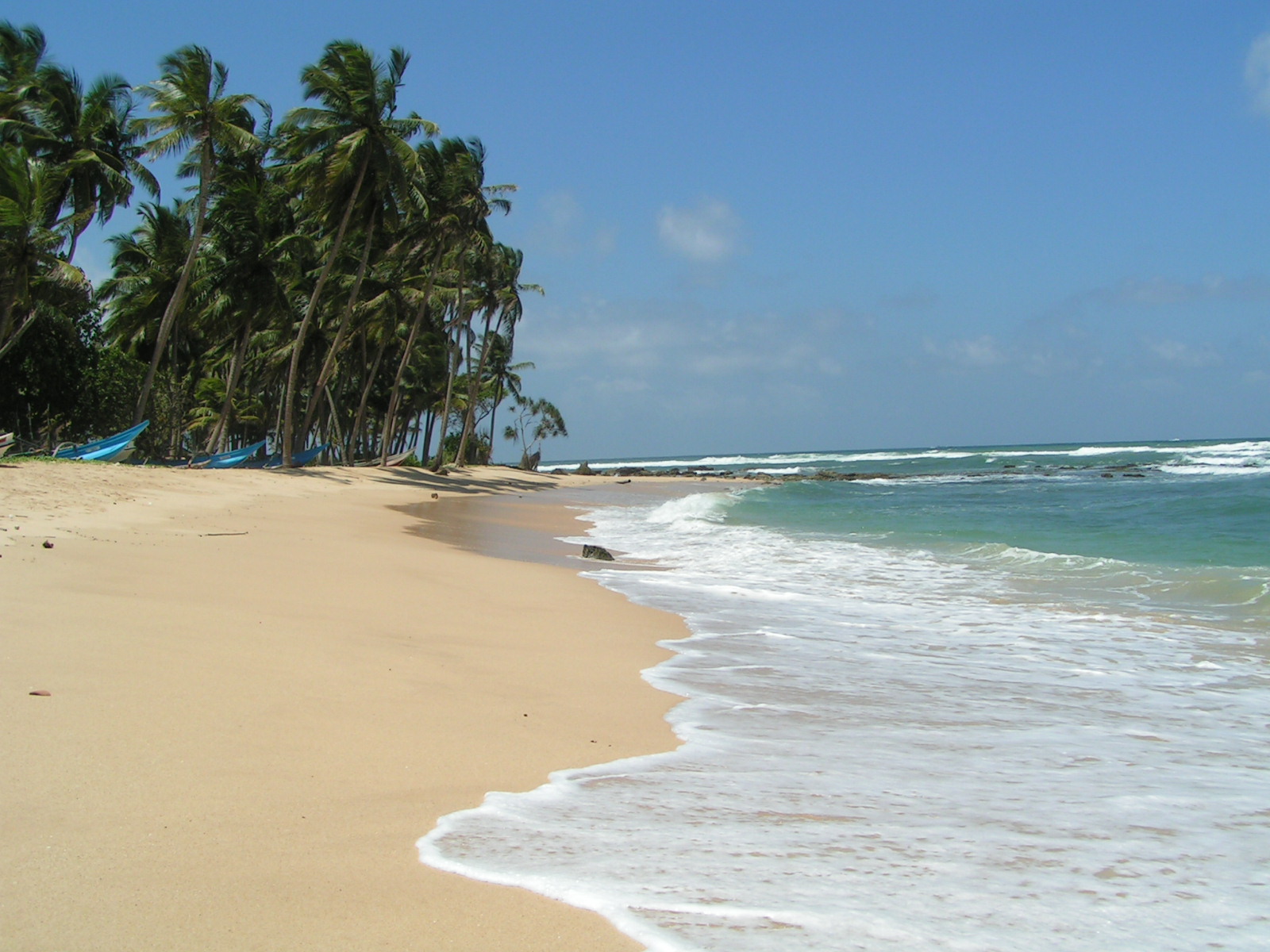
Sri Lanka has a variety of national parks and wildlife sanctuaries – the main areas of interest are:
Wilpattu National Park
25km to the west of Anuradhapura, Wilpattu is a vast untamed wilderness in the north western part of Sri Lanka. It was reopened only in March 2003 after 16 years closure due to the war.
The park is characterized by its natural reservoirs, or villus, that serve as watering holes for the wildlife, and dense jungle scrublands, changing in type as you near the sea. The park has a rich birdlife with endemic species like the Celyon Jungle Fowl, Brown Capped Babbler, Ceylon Woodshrike and Black Capped Bulbul.
Among mammals, Barking Deer is very common here. Other major mammals of Wilpattu include Asiatic Elephant, Sloth Bear and Leopard. The most common reptiles found in Wilpattu are the Monitor Lizard, Mugger Crocodile, Common Cobra, Rat Snake, Indian Python, Pond Turtle and the Soft-Shelled Turtle which can be spotted inside the Park’s numerous villus.
Ancient ruins discovered here suggest that the Queen Kuweni (from whose marriage to the first king of Sri Lanka its people were born) is believed to have lived in Kalli Villu. There is evidence that Prince Saliya, son of King Dutugemunu (an ancient king of Sri Lanka from 161 to 137 BC) lived in Wilpattu over 2,000 years ago. Ancient urns have been excavated in Pomparippu and between the villages of Palangaturai and Kollankanatte.
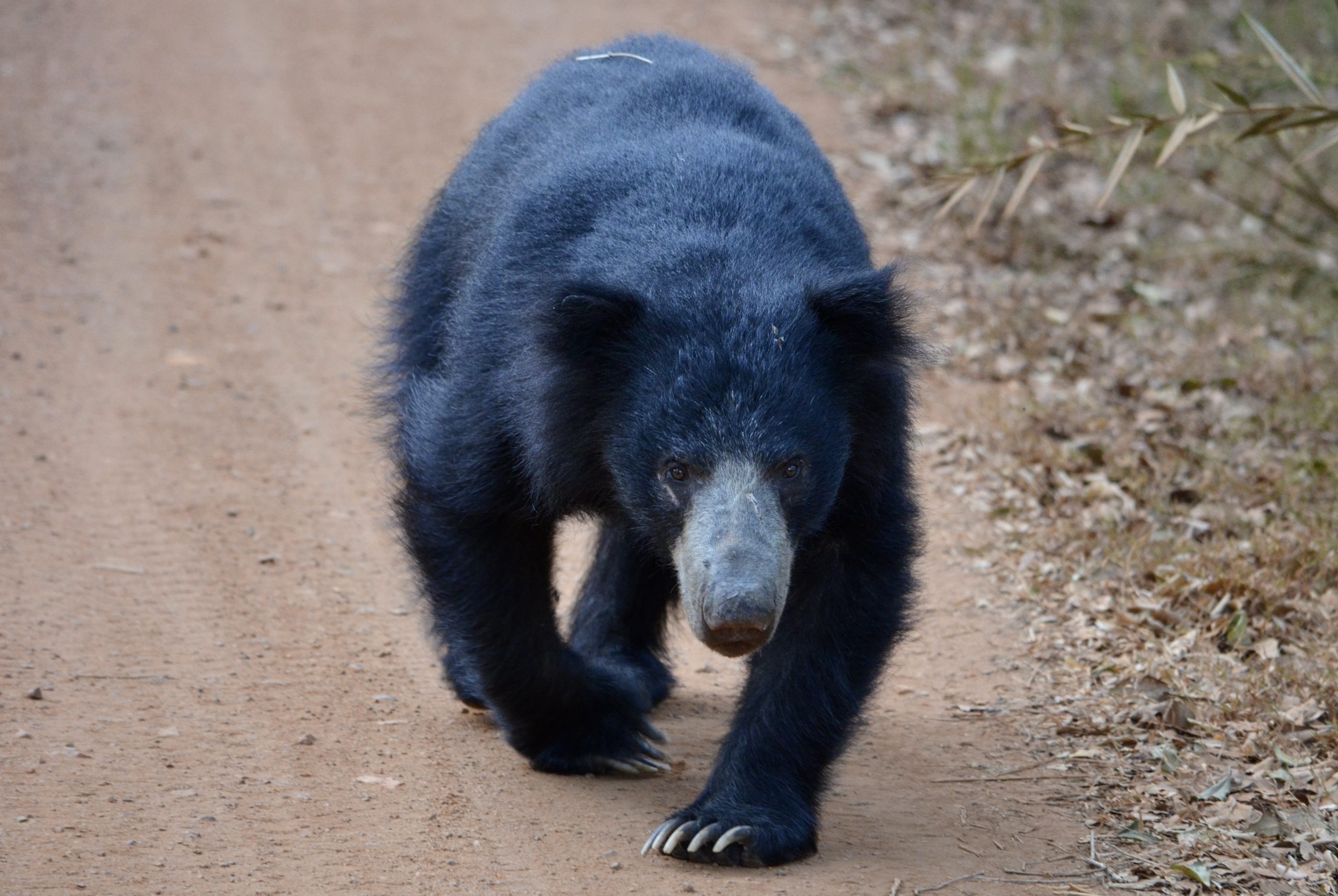
Minneriya National Park
Located between Habarana and Polonnaruwa, Minneriya is best known for the gathering of the highest number of Asiatic Elephants in the dry season between June to September.
Minneriya Tank was created by King Parakarambahu at the height of Polonnaruwa’s glory as the capital of Sri Lanka. The national park based largely around the huge tank (reservoir) was created rather more recently but serves as an important gathering place for Sri Lanka’s large population of elephants.
The dry forest is also home to many species of lizards, geckos and agamas as well as snakes such as the Indian Python and the Marsh Crocodile. Minneriya is also home to many waterfowl species which nest in the lakes including Pelicans, Painted Storks, many species of ducks – Garganey, Northern Pintail and the Eurasian Wigeon.
Close to Minneriya, there is Kandulla National park which allows an elephant corridor to Minneriya – crucial for safe elephant movement.
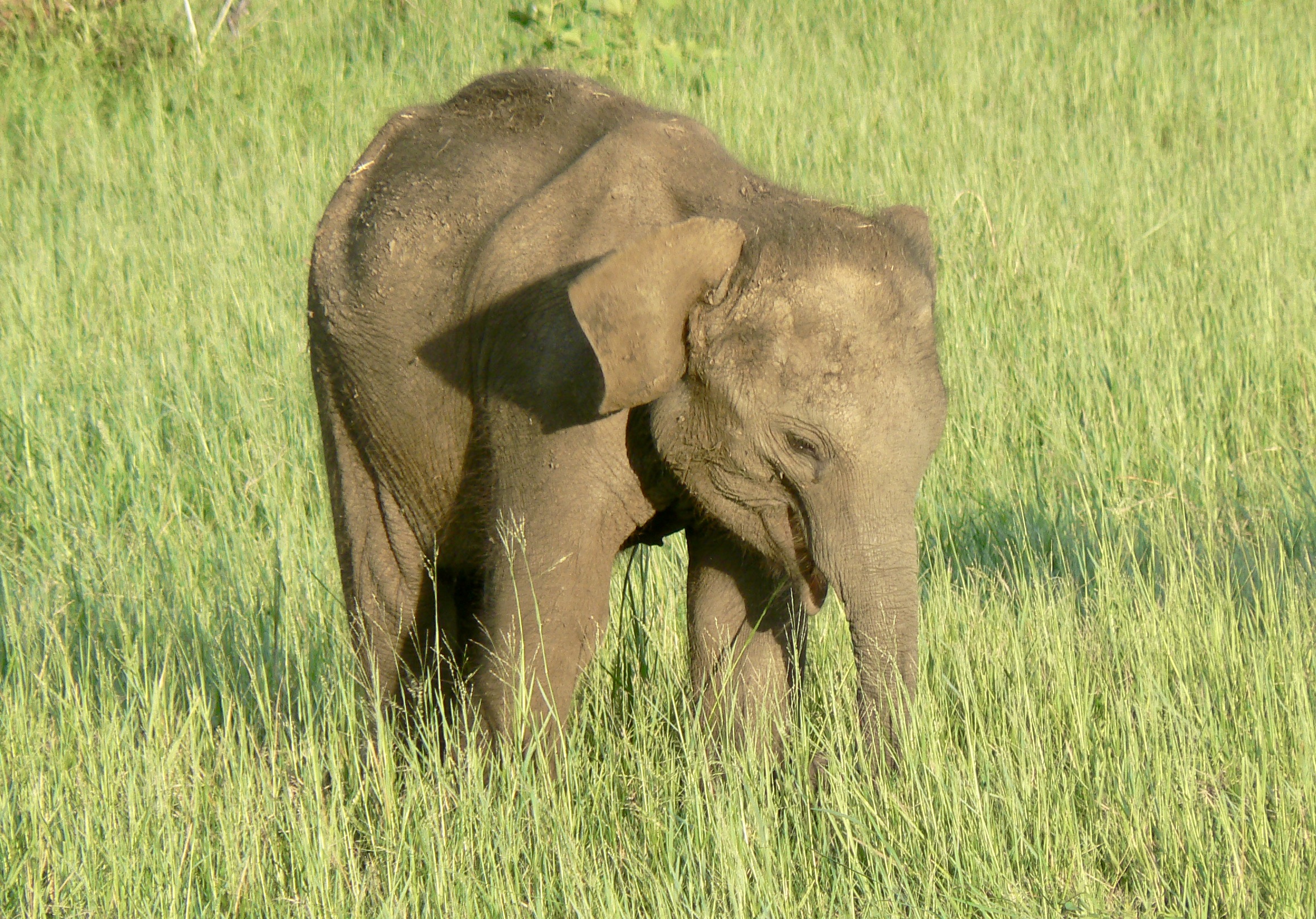
Wasgomuwa National Park
Wasgomuwa is one of the quieter national parks of Sri Lanka located on southern edge of the north-eastern zone of Sri Lanka flanked by the mighty Amban Ganga in the east and the Mahaweli Ganga to the west.
The majority of the park comprises dry zone evergreen forest along the main rivers which opens out onto plains in the centre and lusher vegetation as you climb into the lower hills.
Birds include Ceylon Jungle Fowl, Ceylon Grey Hornbill, Brown Capped Babbler, Blue Faced Malkoha, Lesser Adjutant, Grey Headed Fish Eagle and Brown Fish Owl. Major mammals include the Asiatic Elephant, a small number of Leopard, Sloth Bear, Asiatic Jackal, Spotted Deer, Sambar, Ruddy and Striped-necked Mongoose and few species of Civets and the Slender Loris.
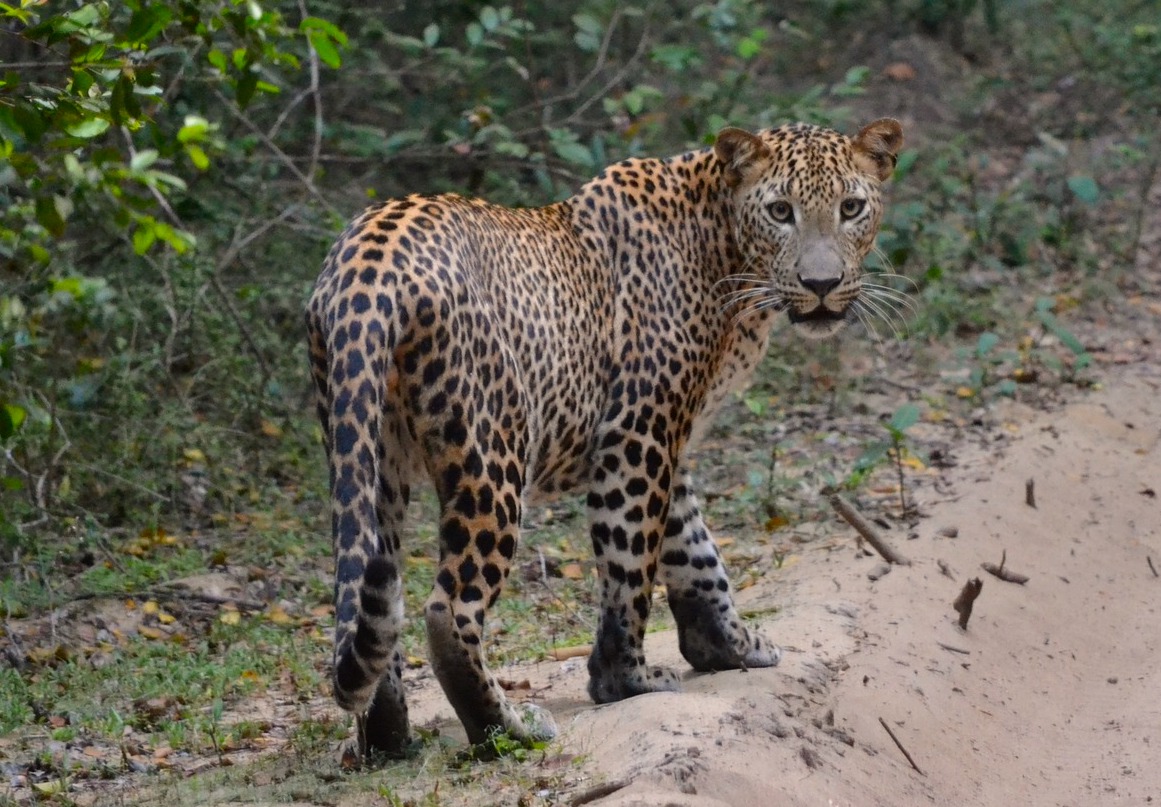
Knuckles Range
The knuckles range is named because the peak looks like a closed fist. The area is home to several interesting birds and mammals in the montane forests that can be found here.
The Knuckles Mountain Range covers parts of Kandy and Matale districts and is separated from the Central Hills by the Mahaveli Valley to the South and East and the Matale Valley to the West.
The Kunckles area is home to more than a thousand different types of floral species of which several species are endemic to Sri Lanka. Mammals include Elephant, Leopard, Sambar, Barking Deer, Brown Mongoose and Toque Macaques. Bird highlights include Layerd’s Parakeet, Srilanka Hinging Parrot, Crimson Fronted Barbet, Sri Lanka Swallow, Hill Swallow, and Brown Fish Owl.
Kandy and the surrounding area
The area around Kandy includes the Udawatta Kale reservoir and the Botanical Gardens. The Udawatta Kale forest is located west and north of the famous Temple of Truth.
This area is excellent for birders and the main birds here are Layard’s Parakeets, Sri Lanka Hanging Parrot, Yellow fronted Barbet, Brown capped Babbler, White rumped Shama and Tickell’s Blue Flycatcher.
There are a few mammals here – Asiatic Jackal, a couple species of mongoose and some civets.
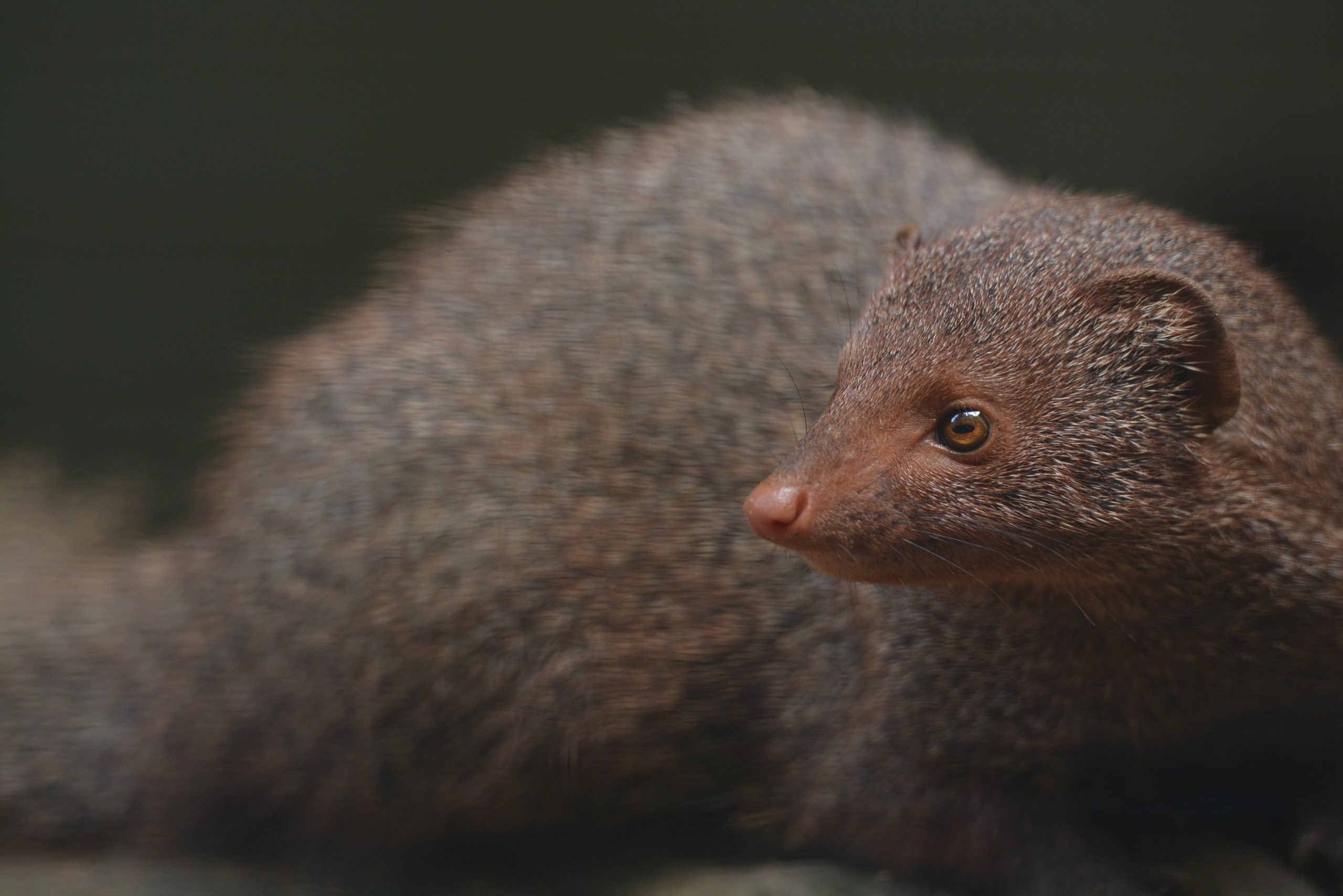
Kithulgala Rain Forest
Kithulgala (Kitugala) forest is secondary lowland rain forest reserve to protect the water shed of the Kelani River. The area is well known for the filming location of the ‘Bridge on the River Kwai’.
The forest area extends up to the higher elevations, continuous with the Peak wilderness forest area, and is one of the best places to see Sri Lanka ‘s endemic birds such as the Green-billed Coucal, Sri Lanka Grey Hornbill, Malabar Trogon, Crimson-backed Flameback, Yellow-fronted Barbet, Sri Lanka Hanging Parrot, Sri Lanka Green Pigeon, Chestnut-backed Owlet, Sri Lanka Frogmouth, Oriental (Black-backed) Dwarf Kingfisher, Orange Minivet, Sri Lanka Crested Drongo, Spot-winged Thrush, Brown-breasted Flycatcher, Black-capped Bulbul, Yellow-browed Bulbul, Square-tailed Black Bulbul and the Orange-billed Babbler.
Mammals include the Grizzled Indian Squirrel and the Layerd’s Striped Squirrel. This area also is home to the Earless Lizard – a little known endemic reptilian from Sri Lanka.
Sigiriya Sanctuary
Situated in and around the famous Sigiriya Rock this sanctuary is adjacent to the Minneriya National park. It is mainly a dry evergreen forest with shrub forest and dry deciduous forest. This is an ideal place to photograph forest birds such as Malabar Pied Hornbill, Pied Cuckoo, Blue-faced Malkoha, Collared Scops Owl, Jerdon’s Nightjar, Indian Nightjar, Sri Lanka Green Pigeon, Crested Hawk Eagle, Sri Lanka Woodshrike, Jerdon’s Leafbird, Orange-headed Thrush, Sri Lanka Swallow, Brown-capped, Tawny-bellied and Dark-fronted Babblers.
The fauna also includes an elephant population which migrate to the area from time to time, Sambar, Toque Macaque, Tufted Grey Langur, Grizzled Giant Squirrel, the rare Rusty Spotted Cat and Jungle Cat. The rock fortress of Sigiriya is a major cultural attraction and is a must see for those who have some interest in the history and culture of Sri Lanka.
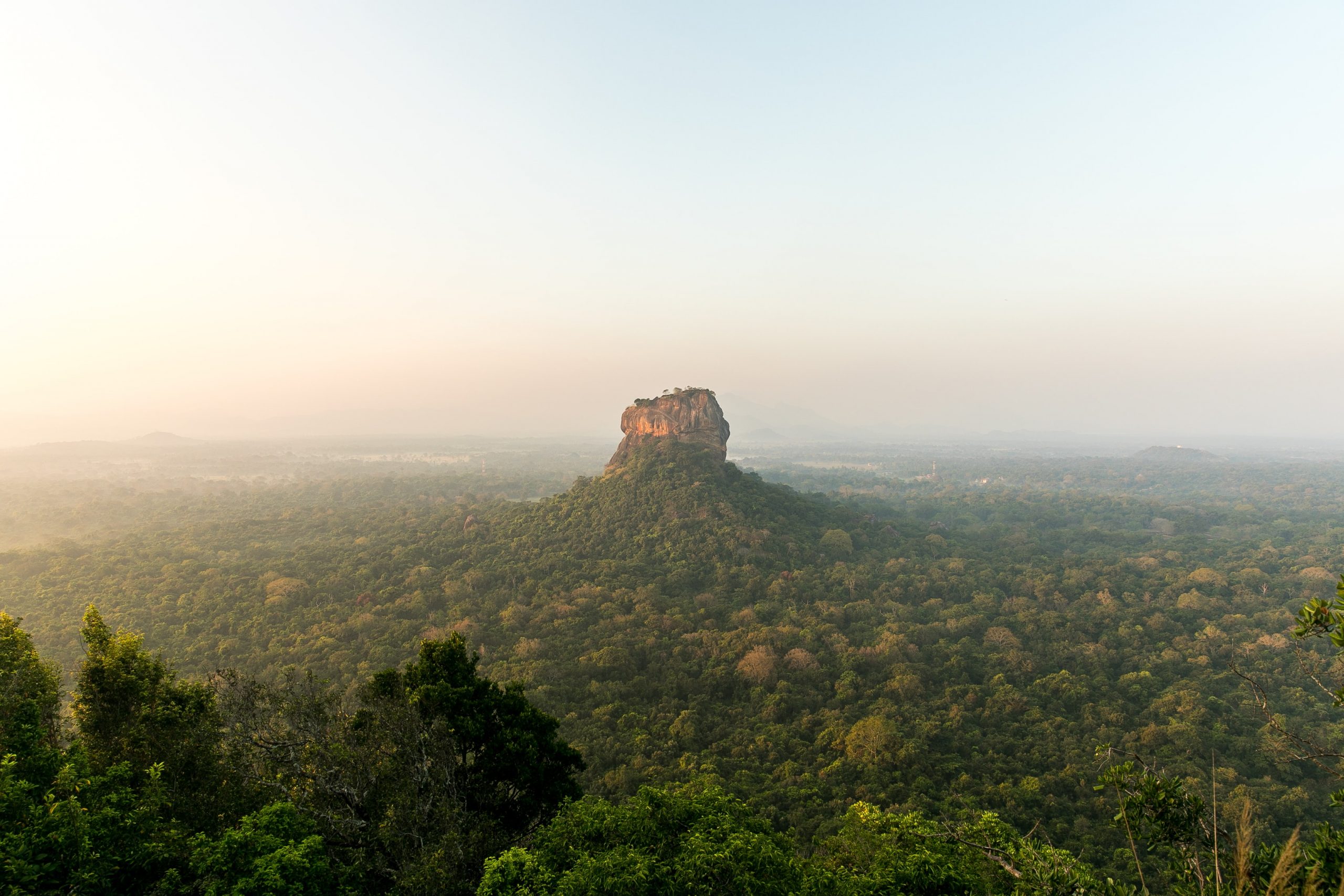
Sinharaja National Park
The Sinharaja rainforest is located in the moist southern zone of Sri Lanka and is possibly one of the most important biodiversity areas of Asia.
The park comprises of lowland sub-montane evergreen forests with sub-montane Patana grasslands in the east. About 60% of the forest trees in this area are endemic to Sri Lanka. Orchids and pitcher plants are common and the majority of the country’s endemic birds occur here – it is the last extensive primary lowland tropical rainforest in Sri Lanka.
Birds include Sri Lanka Spurfowl, Sri Lanka Junglefowl, Sri Lanka Grey Hornbill, Malabar Trogon, Crimson-backed Flameback, Yellow-fronted Barbet, Sri Lanka Frogmouth, Sri Lanka Hanging Parrot, Layard’s Parakeet, Sri Lanka Green Pigeon, Red-faced Malkoha, Orange Minivet, Sri Lanka Blue Magpie, Sri Lanka Crested Drongo, Spot-winged Thrush, Sri Lanka Scaly Thrush, Brown-breasted Flycatcher, Sri Lanka Myna, White-faced Starling, Black-capped Bulbul, Square-tailed Black Bulbul, Ashy-headed Laughingthrush, Brown-capped Babbler, Sri Lanka Scimitar Babbler, Dark-fronted Babbler, Orange-billed Babbler, Yellow-browed Bulbul, Legge’s Flowerpecker, the recently rediscovered Serendib Scop’s Owl and the endemic Chestnut Backed Owlet.
Mammals include Purple-faced Leaf Monkey, Toque Macaque, Grizzled Giant Squirrel. Reptiles and other interesting attractions include the Sri Lankan Kangaroo Lizard, Water Monitor, Spotted Black Turtle, butterflies like the Ceylon Blue Mormon, Ceylon Tree Nymph and plants such as the Pitcher plant Nepenthes distillatoria.
Udawalawe National Park
Udawalawe National Park is located close to Colombo and is best known for its elephants. A good day’s birding here can yield up to 100 species as well as Indian Elephant, Toque Macaque, Grey Langur, Wild Boar and Sambar. This area is also excellent for raptors and you can expect to see the Black-shouldered Kite, White-bellied Sea-Eagle, Crested Serpent-Eagle, Montagu’s Harrier, Shikra and Crested Hawk-Eagle.
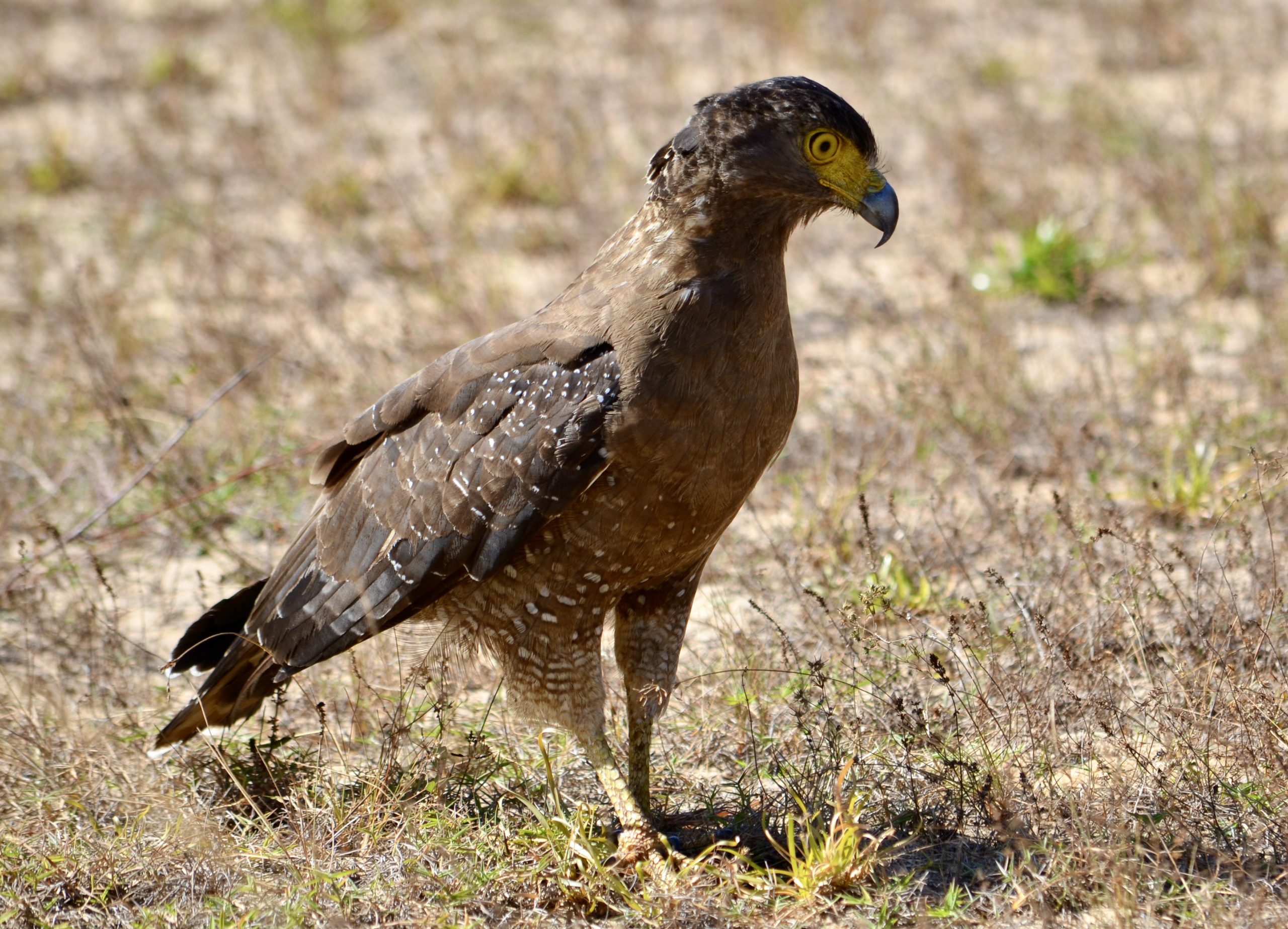
Bundala National Park
Bundala National Park is located close to the Yala National Park in the southern zone and comprises of dry scrub forests and sand dunes bordering the sea.
The park contains several shallow brackish lagoons with salt pans, brackish marshes, intertidal mudflats, sandy beaches, dunes and dry thorn scrub. The habitats we are able to explore are the brackish lagoons and marshes and thorn scrub.
The lagoons in Bundala hold good populations of waders and waterfowl, the forests are home to several endemic birds, there are many mammals to be sighted. Main birds include Sri Lanka Junglefowl, Barred Buttonquail, Blue-faced Malkoha, Pied and Chestnut-winged Cuckoos, Great Thick-knee, Lesser Sand Plover, Marsh Sandpiper, Great Crested and Lesser Crested Terns, Pomarine Jaeger, Darter, Painted Stork, Spot-billed Pelican, Sand Martin, Clamorous Reed Warbler, Yellow-eyed Babbler, Tricoloured Munia.
This is a good place to see the Marsh Crocodile. Mammals include the Wild Boar, Elephant, Black Naped hare, Asiatic Jackal and Toque Macaque.
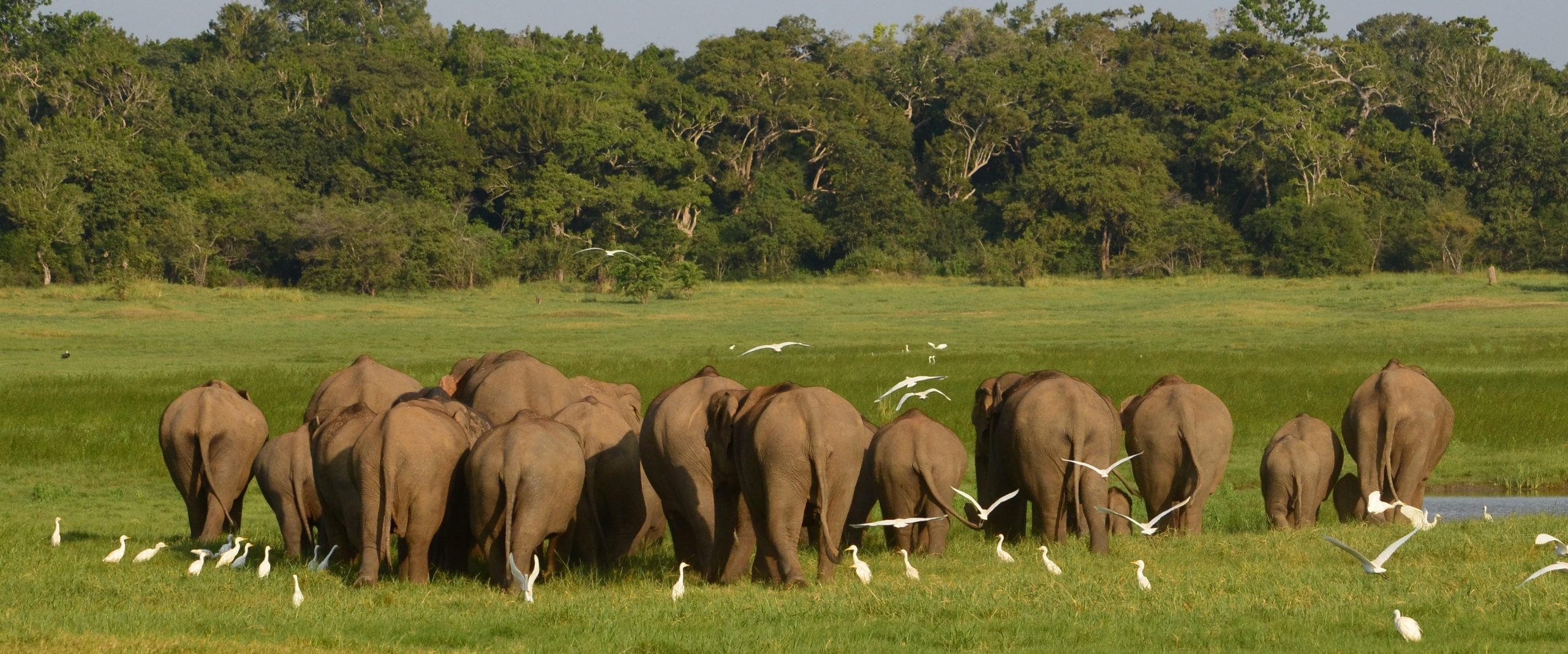
Yala National Park
This is the star attraction when it comes to the most sought after wilderness destination of Sri Lanka. The park lies on a coastal plain in the south-east of Sri Lanka, east of Tissamaharama, in the Hambantota district. The recorded history of Yala dates back to 500 BC. A young prince, named Rohana from neighbouring India established the city and kingdom of ‘Rohana’ in the ‘revenue division’ of Magama Pattu, thus recording the beginning of the Rohana dynasty.
History further records that in 307 BC a fugitive prince Mahanaga established an independent sovereignty, making Magama, a small hamlet near the Kirindi Oya mouth, his capital.
The remnants of dagabas (stupas) and ancient artificial reservoirs (tanks or ’wewas’) with a cascading system of water flowing from one tank to another are present in the area. Yala lies in the Arid Zone of the country, where the annual rainfall is less than 1,000 mm. The area experiences the North-east monsoon from about November to January and a spell of short inter-monsoon rains again in March and April. Tt is a wonderful place with wide spectrum of habitats from scrub jungle, lakes, and brackish lagoons to riverine habitats. The forests are divided into five blocks of which block 1 is open to tourists.
The star mammal of Yala is the Asiatic Leopard (Sri Lankan race). Other mammals include Asiatic Elephant, Sloth Bear, Ruddy Mongoose, Stripe Necked Mongoose, Common Palm Civet, Ring Tailed Civet, Barking Deer, Spotted Deer, Sambar, the rare Mouse Deer, Wild Buffalo, Wild Boar etc. Two of the rarest mammals Pangolin and the Indian Porcupine can be seen in Yala – though they are extremely rare.
Birds include the Sri Lanka Junglefowl, Barred Buttonquail, Malabar Pied Hornbill, Indian Nightjar, Great Thick-knee, Grey-headed Fish Eagle, Crested Hawk Eagle, Amur Falcon, Darter, Black-necked Stork, Painted Stork, Lesser Adjutant, Woolly-necked Stork, Orange-breasted Green Pigeon, Pied Cuckoo, Indian Pitta, Sri Lanka Woodshrike, Brown-breasted Flycatcher, Sri Lanka Swallow, Dark-fronted Babbler, Brown-capped Babbler, Jerdon’s Bushlark, Forest Wagtail. Reptiles like the Indian Python and Marsh Crocodile are present here as well as the Bengal Monitor and the Water Monitor.
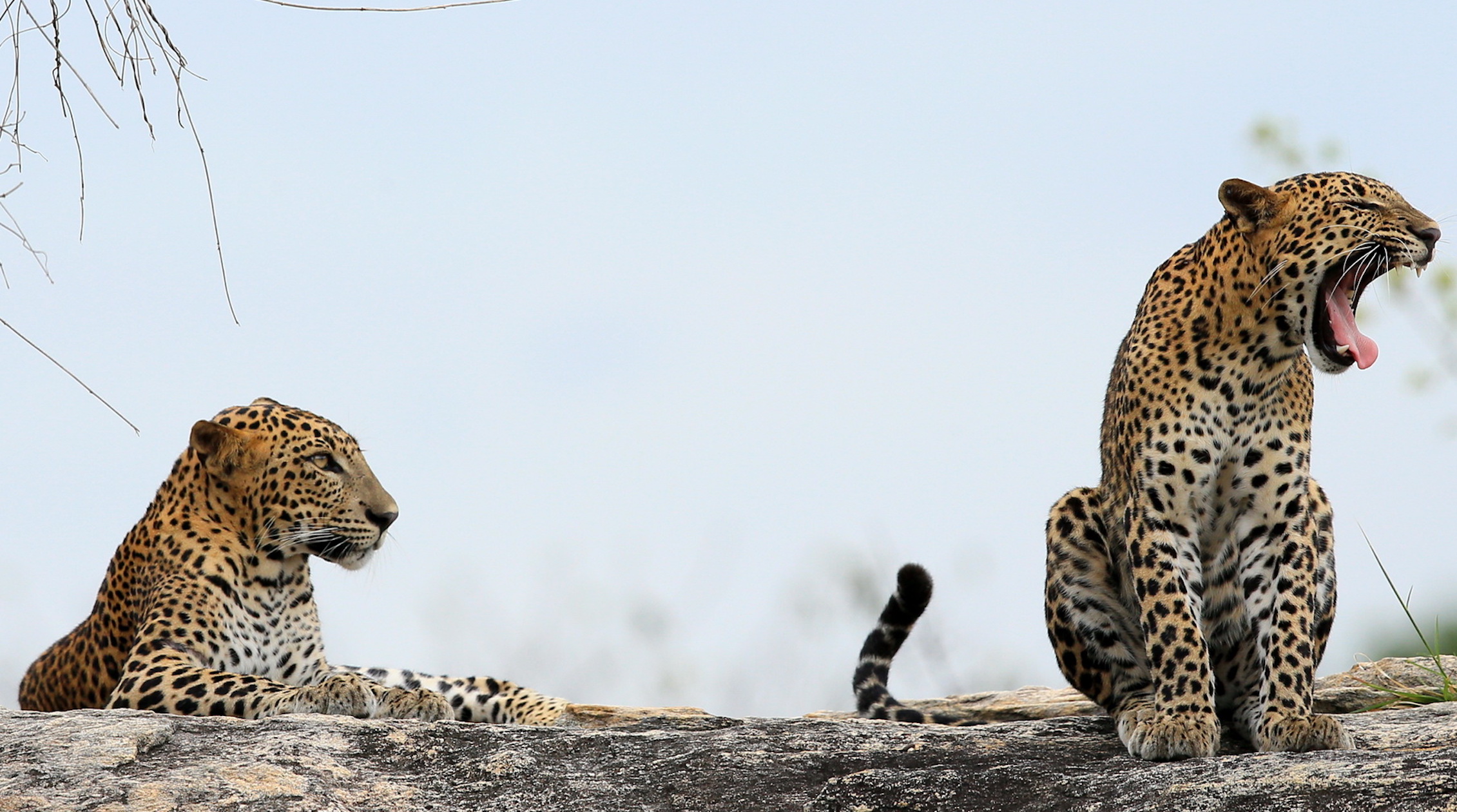
Hortons Plain National Park
Horton Plains National Park is by far the best area to see Sri Lanka’s highland endemic birds. It is a good place to try for the Sri Lanka Whistling Thrush, Sri Lanka Bush Warbler, Sri Lanka Wood Pigeon, and Indian Blackbird.
The walk to the World’s End viewpoint (4 km) which goes through beautiful temperate forest is very rewarding both for nature lovers and photographers. Main birds include the Crimson-backed Flameback, Sri Lanka Wood Pigeon, Himalayan Buzzard, Sri Lanka Whistling Thrush, Indian Blackbird, Kashmir Flycatcher, Dull Blue Flycatcher, Hill Swallow, Yellow-eared Bulbul, Sri Lanka Bush Warbler, Sri Lanka White-eye.
Mammals in this area include the highland race of the Purple-faced Leaf Monkey, Asiatic Leopard, Sambar, Grizzled Giant Squirrel, Dusky Squirrel and Toque Macaque. Reptiles include the rare and endemic Black-lipped Lizard. The nearby Victoria park in the middle of the Nuwara Eliya town is a well-known park for the Pied Thrush.
Mirissa area
The Mirissa beach area is well known for its whale-watching opportunities. The mammals include Sperm Whale, Blue Whale, Hump Backed Whale and Long Snouted Spinner Dolphin and Common Dolphins.
Birds include Pomarine Jaeger, Bridled Tern, Pomarine Skua and the Common Noddy. The Galle area is ideal to just relax and enjoy the beach and wonderfully fresh seafood.
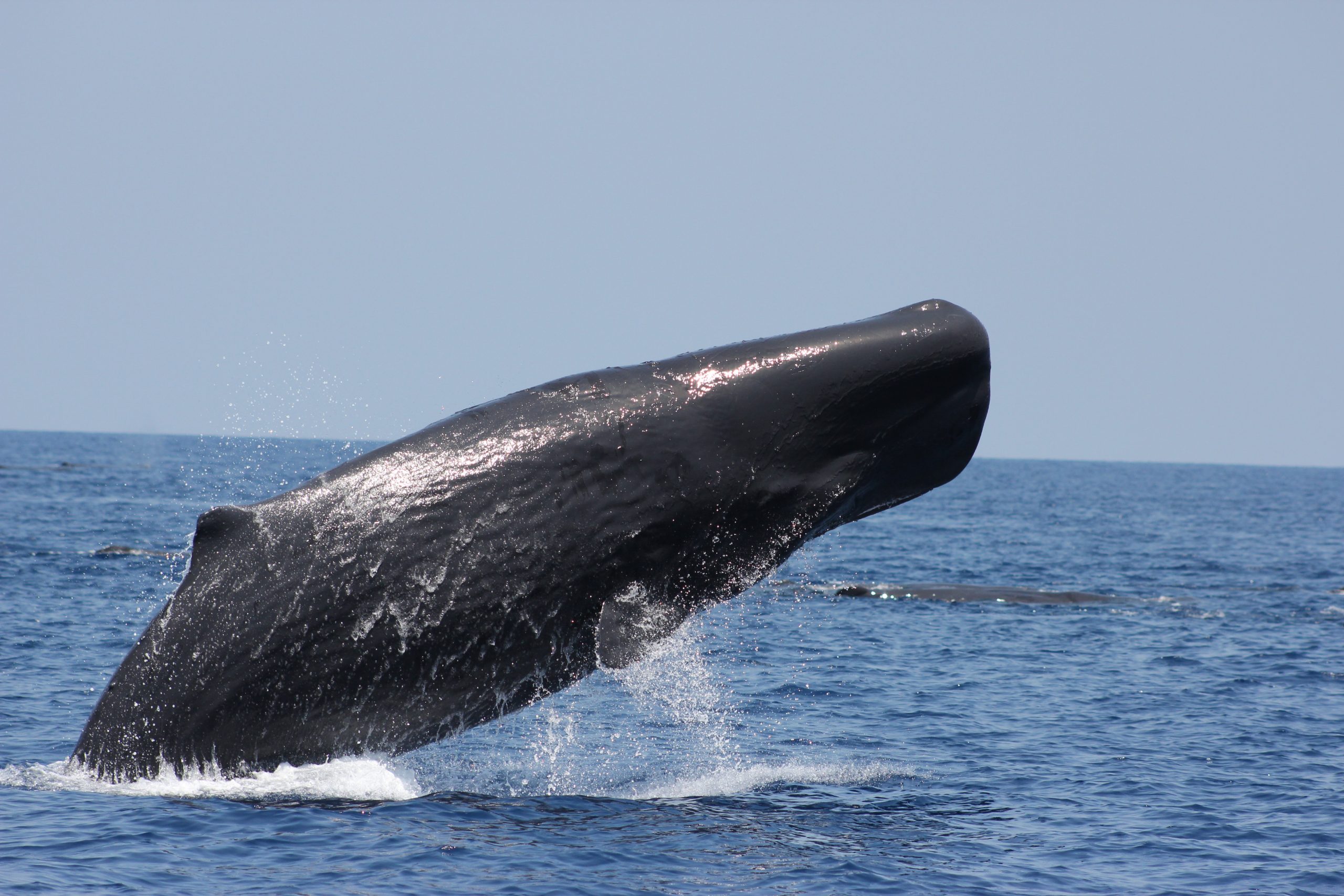
We would be delighted to assist you with your travel plans to Sri Lanka and can tailor make your journey to your specific interests and budget – please telephone us on 01984 667420 or email [email protected] to start the journey.
